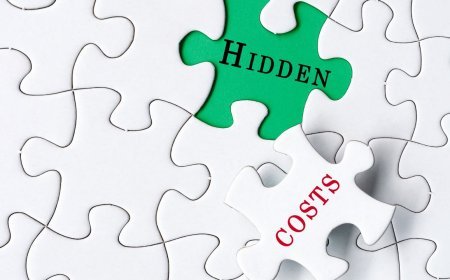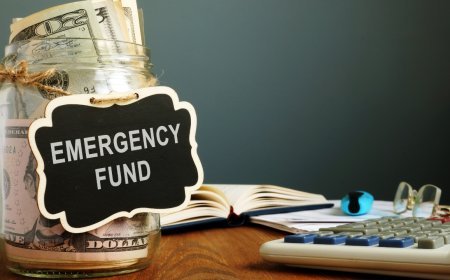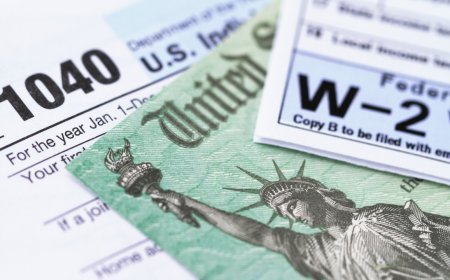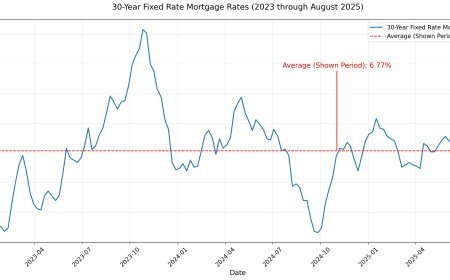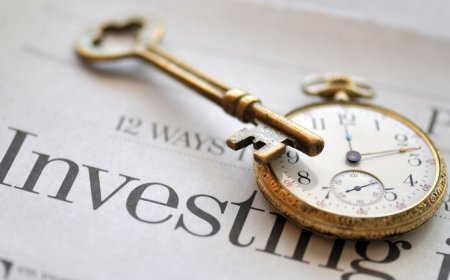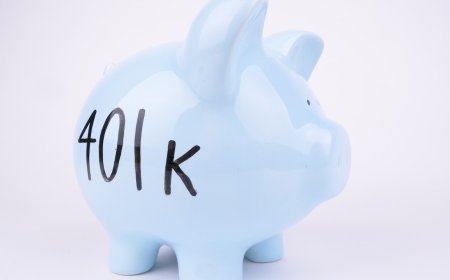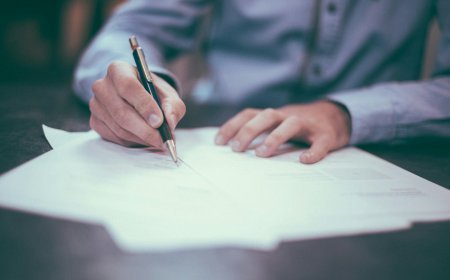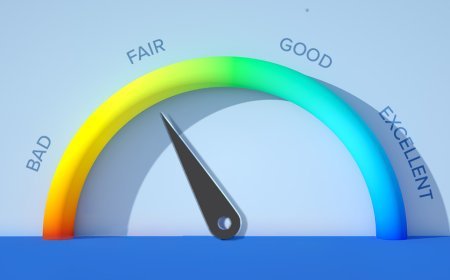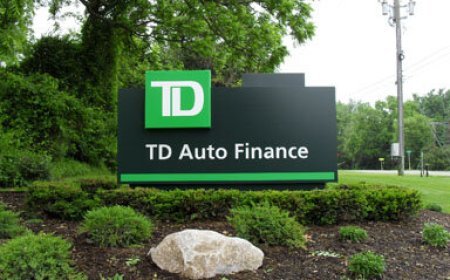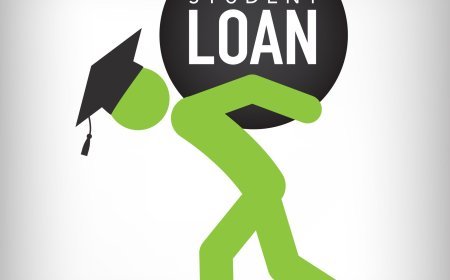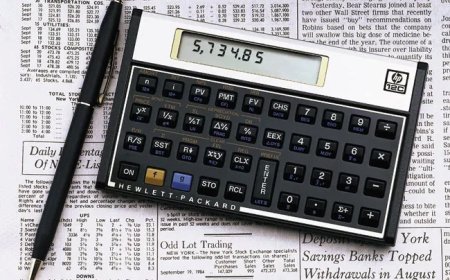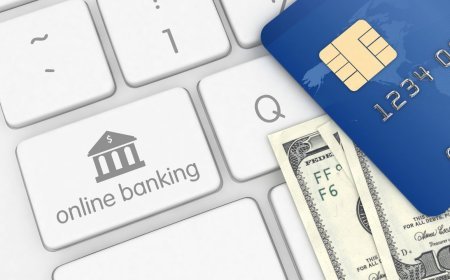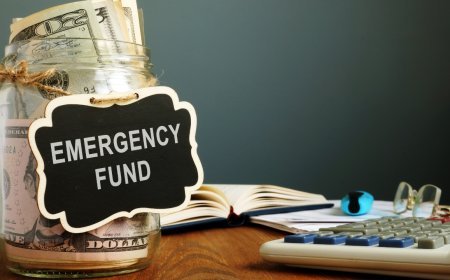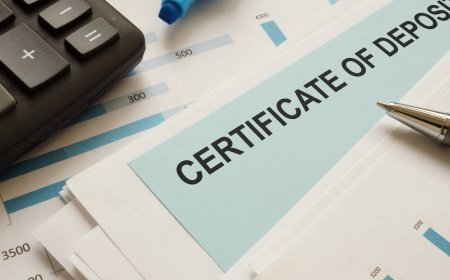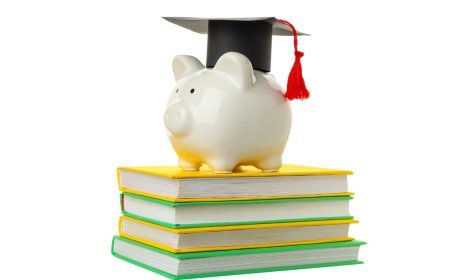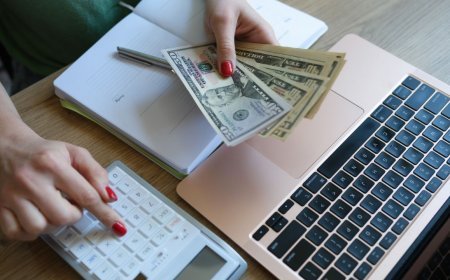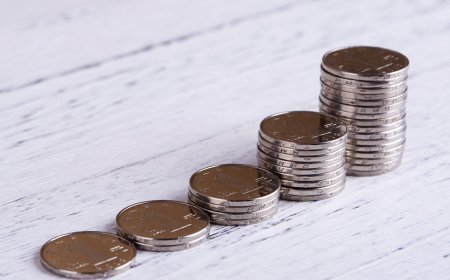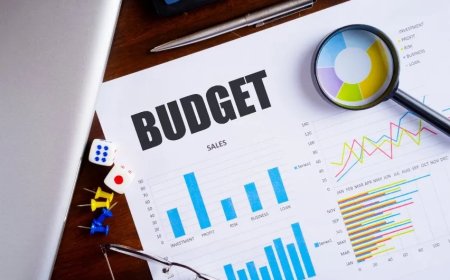How Much to Save in an Emergency Fund?
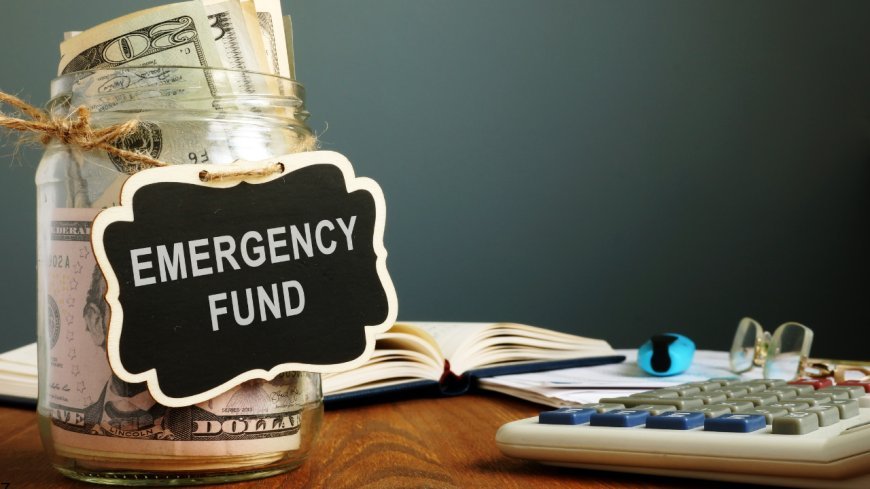
Having an emergency fund is a crucial step toward achieving financial security. A good rule of thumb is to save three to six months' worth of living expenses. This cushion can help you cover unexpected costs like medical bills, car repairs, or even job loss without derailing your financial stability.
You might wonder what amount feels right for you. If you’re just starting out, consider saving at least $1,000 and build from there. It’s all about finding a balance that meets your personal needs while providing peace of mind.
As you work toward your emergency fund goal, remember that this safety net not only helps you in tough situations but also boosts your confidence in managing your finances. Building your fund can take time, but every little bit you save adds up and contributes to your overall sense of security.
Understanding Emergency Funds
An emergency fund is a crucial part of your financial plan. It helps you prepare for unexpected expenses that can disrupt your finances.
Knowing the purpose of these funds and the types of emergencies they cover can guide you in saving effectively.
Purpose of an Emergency Fund
The main purpose of an emergency fund is to provide financial security during unexpected situations. These funds act as a safety net, helping you avoid debt when emergencies arise.
You should aim to save enough to cover 3 to 6 months of living expenses. This ensures you have enough to manage during periods of income loss or sudden expenses.
Having this fund frees you from worrying about how to pay bills when life throws a curveball. It helps maintain your financial goals, allowing you to focus on longer-term achievements without stress.
Types of Unexpected Expenses
Unexpected expenses can arise in many forms. Recognizing these can help you understand how much to save. Key types include:
- Medical Emergencies: Costs related to sudden illness or accidents can add up quickly.
- Home Repairs: Issues like a broken furnace or a leaky roof require immediate attention and financial outlay.
- Job Loss: Should you lose your job, having savings can keep you afloat while searching for new opportunities.
Determining Your Savings Goal
When planning your emergency fund, it’s vital to understand your monthly living expenses and follow some common guidelines. Knowing how much you typically spend will make it easier to set a realistic savings goal.
Assessing Monthly Living Expenses
Start by listing all your necessary monthly expenses. This includes:
- Rent or mortgage
- Utilities (electric, water, gas)
- Groceries
- Insurance (health, auto)
- Transportation costs
Once you have these figures, add them up to find your total monthly living expenses. Knowing this number helps you understand how long you could manage without income if an emergency occurred.
A solid emergency fund should cover at least three to six months of these expenses. For example, if your total monthly expenses are $2,000, aim for a savings goal between $6,000 and $12,000. This will help you feel secure in case of unforeseen events like job loss or medical emergencies.
Rules of Thumb for Emergency Savings
Financial planners often suggest specific rules to guide your savings.
- Three to Six Months: Save an amount that covers three to six months of living expenses.
- Gradual Increases: Start with a smaller goal, like $1,000, then gradually increase it.
Setting milestones can make saving feel more achievable. Use savings calculators to see how much you need to save monthly to reach your goal.
Adjust your target based on your income, job security, and personal circumstances. If you often have unexpected expenses, consider saving even more. This way, you will feel more prepared and less stressed during tough times.
Choosing the Right Account for Your Fund
When setting up an emergency fund, selecting the right type of account is essential. The right account can help maximize your savings while keeping your money safe and accessible. Let's explore the benefits of high-yield savings accounts and compare them to money market accounts.
Benefits of High-Yield Savings Accounts
High-yield savings accounts are a popular choice for emergency funds. These accounts typically offer interest rates that are much higher than traditional savings accounts. This means your money grows faster, helping you reach your savings goals.
They are also generally easy to open and manage online. You can set up direct deposits, making it simple to add to your fund regularly. Most high-yield savings accounts are FDIC-insured, providing you with safety and security.
One downside is that they may have minimum balance requirements or limit the number of transactions each month. Be sure to check the fine print to avoid fees. Overall, a high-yield savings account can provide the growth and accessibility you need.
Money Market Accounts vs. Savings Accounts
Money market accounts offer a mix of features from both savings accounts and checking accounts. They usually provide higher interest rates than traditional savings accounts but can be lower than high-yield savings accounts.
One key benefit of money market accounts is that they often come with check-writing capabilities or debit cards. This allows you to access funds easily when you need them. However, like high-yield accounts, they may have minimum balance requirements.
When comparing them to regular savings accounts, consider what matters most to you. If high interest is your goal, a high-yield savings account might be better. If you prefer more flexibility with withdrawals, a money market account could suit your needs.
Building Your Emergency Fund
Building your emergency fund is an important step towards financial security. Regular contributions and smart strategies can help you grow your savings quickly and effectively.
Setting Up Regular Contributions
To build your emergency fund, set up regular contributions. This means consistently putting money aside each month. A good starting point is to aim for $1,000 as an initial goal.
You can set up direct deposits from your paycheck into a separate savings account. This way, you won’t be tempted to spend it. Aim to save 3 to 6 months' worth of essential expenses over time.
Consider using a budget to help you find areas where you can reduce spending. Use those savings to boost your fund. For example, if you save $100 a month, you can reach $1,200 in a year.
Strategies for Growing Your Fund
Once you've set up regular contributions, look for ways to grow your fund. Consider high-yield savings accounts, which offer better interest rates than regular savings accounts. This means your money will grow faster.
Another strategy is to treat your emergency fund like a monthly bill. Dedicate a percentage of your income—perhaps 10-15%—to your fund each month.
If you receive unexpected income, like a bonus or tax refund, consider adding a portion to your emergency fund. In doing so, you can reach your savings goals sooner while building a safety net for life's surprises.
Managing Your Fund and Expenses
Managing your emergency fund effectively can help you cover surprise expenses without stress. Knowing what to prioritize and how to avoid debt is essential to maintaining financial security.
Prioritizing Essential Expenses
Start by listing your essential expenses, such as utilities, food, and transportation. These are the things you need to pay each month to keep your life running smoothly.
-
Utilities: These include your electricity, water, gas, and internet. Make sure you know the average cost to avoid surprises when bills come.
-
Food: Budget for groceries by tracking your spending. It helps to find local deals and consider meal planning to save money.
-
Transportation: If you have a car, factor in fuel and maintenance costs. Public transport can also be a cost-effective alternative.
Prioritize these expenses over non-essentials. This way, you ensure you have enough to cover yourself during tough times.
Avoiding Debt for Unexpected Expenses
Unexpected expenses can add pressure if you don’t have a plan.
To stay on top of them:
-
Use Your Emergency Fund: This should be your first line of defense. Aim to replenish it after using any funds.
-
Avoid Relying on Credit Cards: Using credit cards for unexpected costs can lead to debt. High-interest rates can make it hard to pay off the balance.
-
Have a Backup Plan: Even with a fund, life can throw curveballs. Consider side gigs or extra savings to give you more options.
By being proactive about managing your fund and understanding how to prioritize expenses, you create a more secure financial future.
What's Your Reaction?
 Like
0
Like
0
 Dislike
0
Dislike
0
 Love
0
Love
0
 Funny
0
Funny
0
 Angry
0
Angry
0
 Sad
0
Sad
0
 Wow
0
Wow
0
